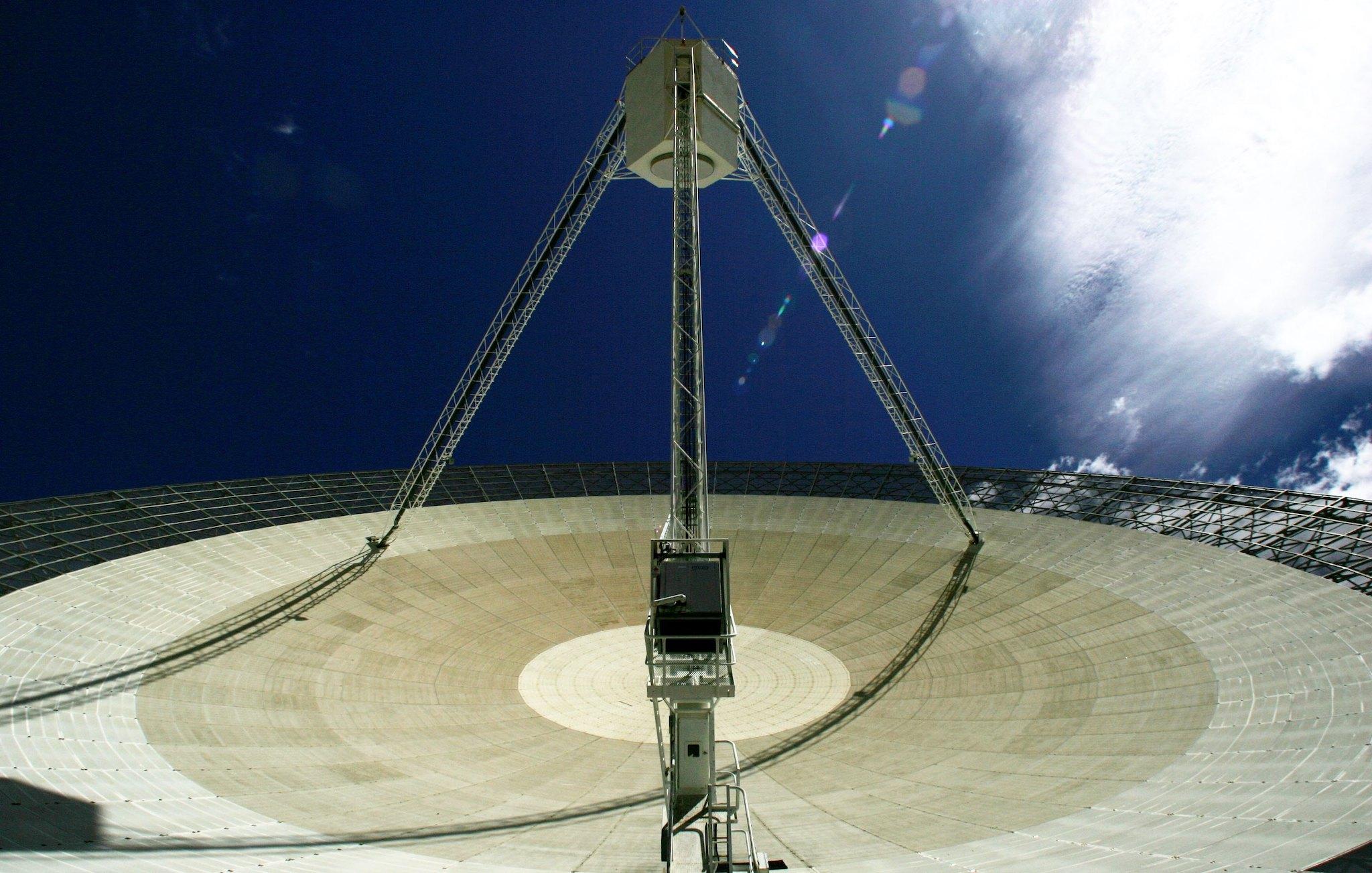Astronomers searching for alien life release biggest set of data in history
'We scoured thousands of hours of observations of nearby stars, across billions of frequency channels'

Your support helps us to tell the story
From reproductive rights to climate change to Big Tech, The Independent is on the ground when the story is developing. Whether it's investigating the financials of Elon Musk's pro-Trump PAC or producing our latest documentary, 'The A Word', which shines a light on the American women fighting for reproductive rights, we know how important it is to parse out the facts from the messaging.
At such a critical moment in US history, we need reporters on the ground. Your donation allows us to keep sending journalists to speak to both sides of the story.
The Independent is trusted by Americans across the entire political spectrum. And unlike many other quality news outlets, we choose not to lock Americans out of our reporting and analysis with paywalls. We believe quality journalism should be available to everyone, paid for by those who can afford it.
Your support makes all the difference.Astronomers say they are releasing the biggest set of data ever made public in the search for alien life.
Researchers from Breakthrough Listen – a $100 million alien-hunting project launched by luminaries including Stephen Hawking – says it has completed the "most comprehensive and sensitive" search for signatures of alien technology ever performed.
And it will release the data from its search for alien life in the hope that others might be able to find information inside of it, its researchers say. The dump comprises one petabyte of radio and optical telescope data.
The Breakthrough Listen team working at the University of California, Berkeley’s SETI Research Center say they have been working on a number of techniques that are designed to spot "technosignatures" elsewhere in the universe. Those signals might indicate the use of technology such as transmitters or propulsion devices on other worlds beyond Earth, perhaps built by alien civilisations.
Such technosignatures might be powerful signals that are sent over only a limited range of radio frequencies, or bright lasers shooting through the universe. Researchers have also developed new algorithms that will allow them to better understanding unexplained astrophysical phenomena, they said.
The astronomers are yet to find anything in that data, despite the intense work. But its release could lead to further breakthroughs, they hope, and will help inform future work as they continue to refine their work.
“This data release is a tremendous milestone for the Breakthrough Listen team,” said Danny Price, the Breakthrough Listen Project Scientist for the Parkes observatory in Australia, in a statement.
“We scoured thousands of hours of observations of nearby stars, across billions of frequency channels. We found no evidence of artificial signals from beyond Earth, but this doesn't mean there isn't intelligent life out there: we may just not have looked in the right place yet, or peered deep enough to detect faint signals.”
The data is being released through a devoted page on the University of California, Berkeley’s website. Papers describing the methods for harvesting it have also been uploaded to that page as well as being submitted to astrophysics journals.
Join our commenting forum
Join thought-provoking conversations, follow other Independent readers and see their replies
Comments